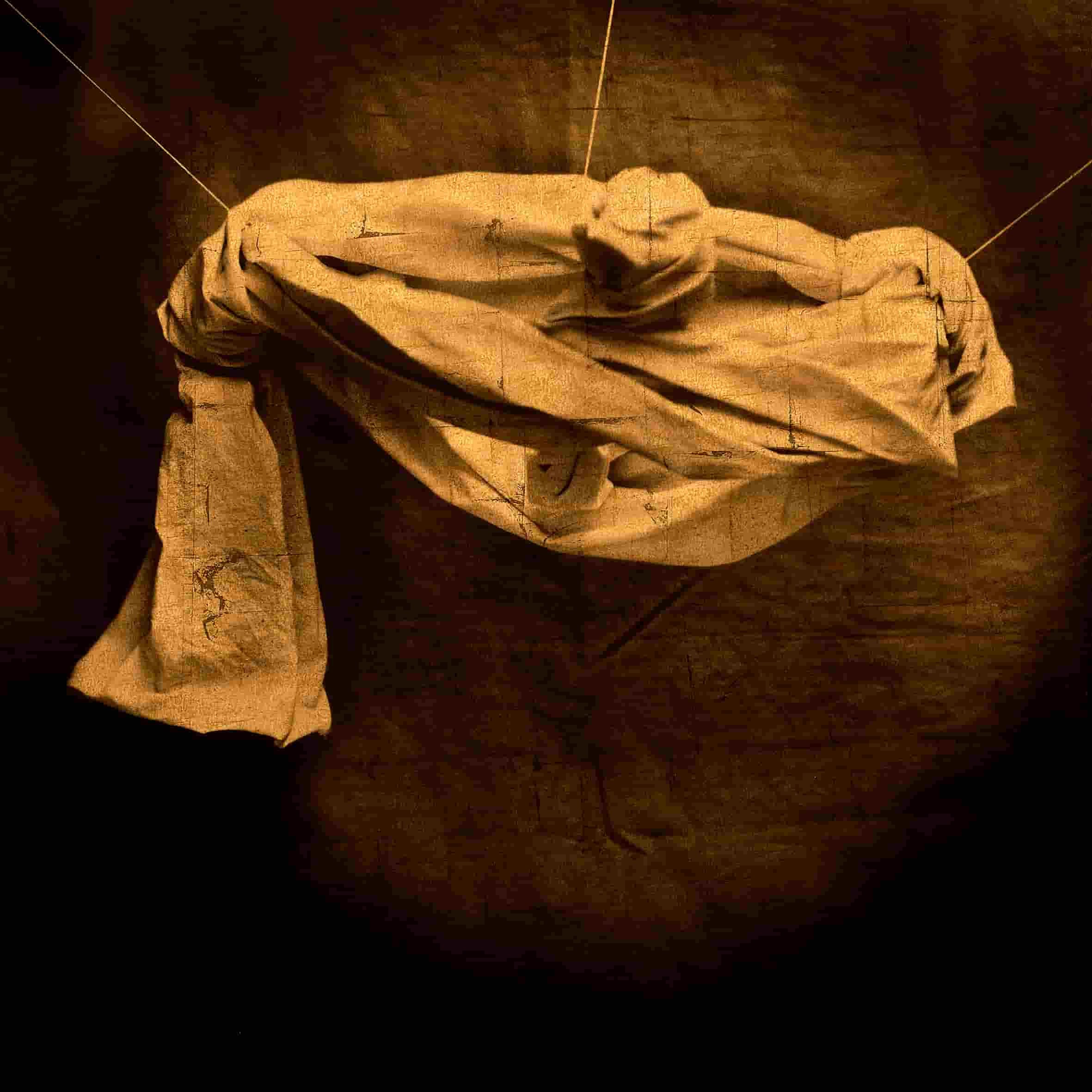This spring, we are glad to share news that a mid-career work, 1612 Rubens by Luis González Palma is on view at the Telfair Museum in Savannah, GA as part of an exhibition Anything Goes: Contemporary Art and Materials. Founded in 1883 by bequest of local philanthropist Mary Telfair, Telfair Museums is the oldest public art museum in the South. This exhibition Anything Goes, curated by Eric Dunn draws out masterworks from the Museum’s Permanent Collection.
This exhibition considers artists across divides of geography, privilege, formal education, and access who have continued to explore materiality and its potential for aesthetic invention and the construction of meaning. Some are looking to art historical examples set by the cubist collages of Pablo Picasso; others gained inspiration from the leveling of mediums employed in the hybrid combines of Robert Rauschenberg. Many artists, unaware or uninterested in canonical precedents, scavenged materials and objects out of necessity, for symbolic or expressive purposes or simply by seeing the potential in things cast off by others. All of these artists and artworks remind viewers of the value and artistic potential of the objects that surround us in our everyday lives.
Luis González Palma’s 1612 Rubens belongs to a tight yet powerful 2005 series Luz de la Mente where the Latin American artist recreates the gestures of loin cloths of Christ from monumental paintings by old master painters. Palma executed these works in what has become a unique signature process of this period: red paper, gold leaf, and kodalith embedded in resin. The work allures with imperfect luster- edges of the gold leaf reveal cracks where the underlying red paper shows through the kodalith like cracks in skin. The depictions of empty rags hang loose in space, sometimes revealing the strings that hold-up their underpinnings, add tension to the work. Even without the presence of a figure, we can imagine the form that once occupied the scant garment- warn and twisted as the body no longer present. Absence is also a characteristic feature of Palma’s work at the time; what symbol could reveal the space between absence and presence more profoundly than that of a martyr’s wrappings.

